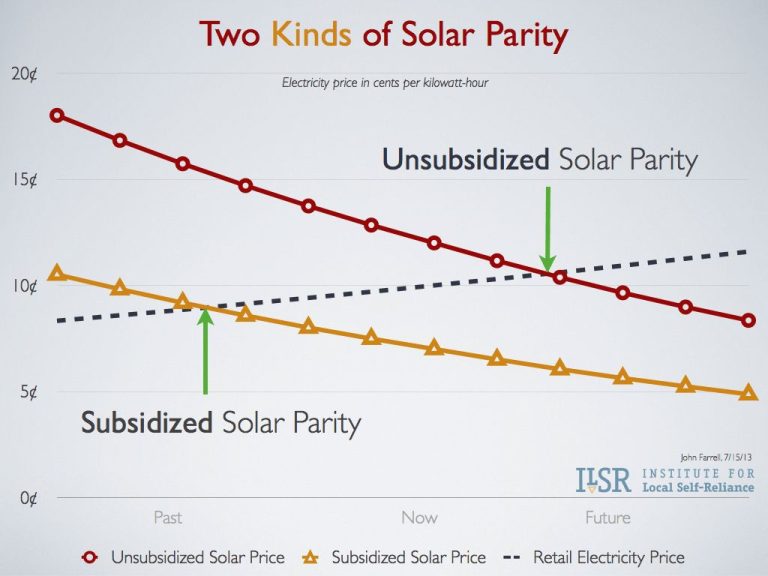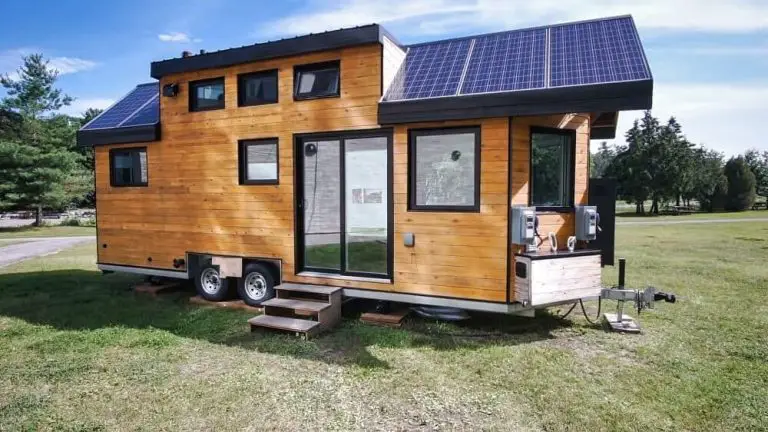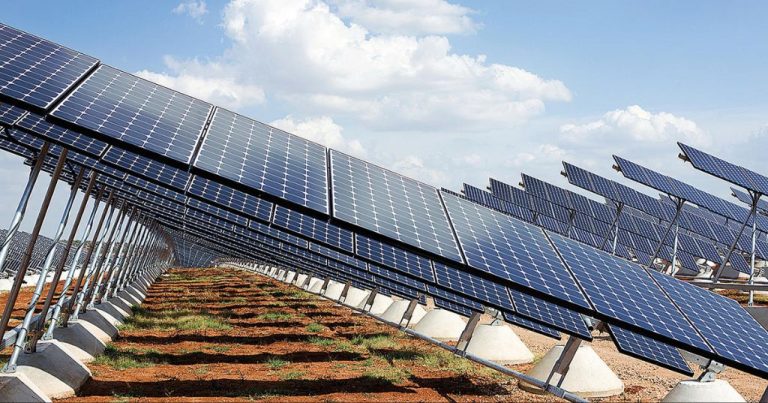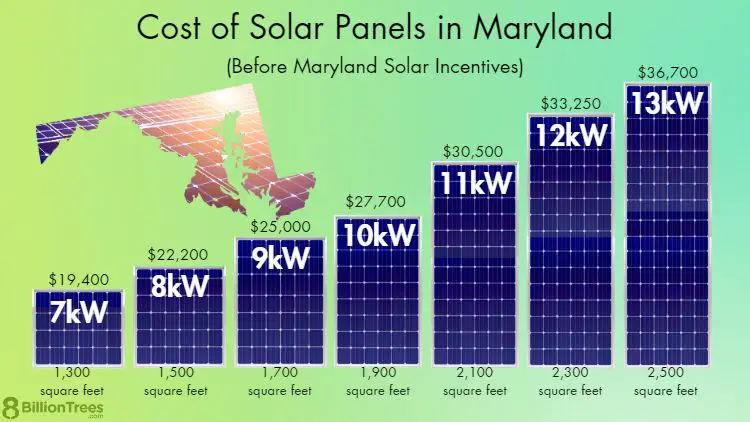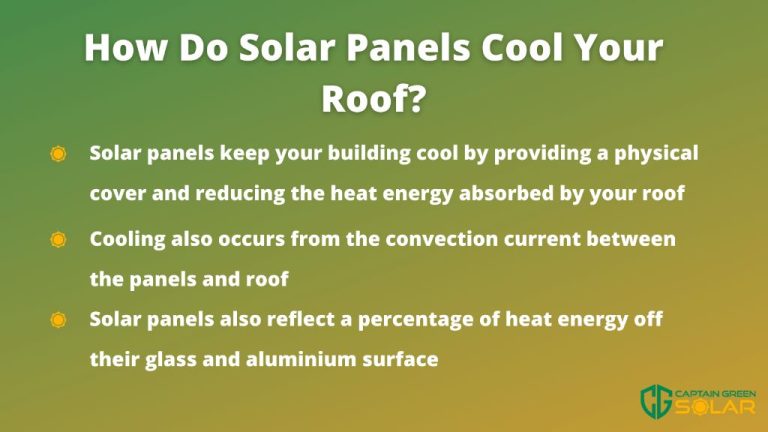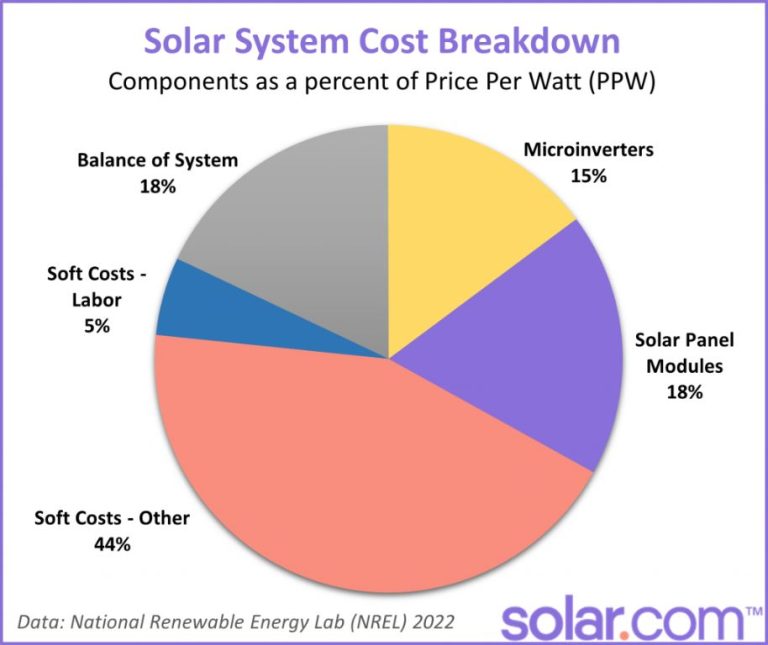Can Solar Panels Ever Be 100% Efficient?
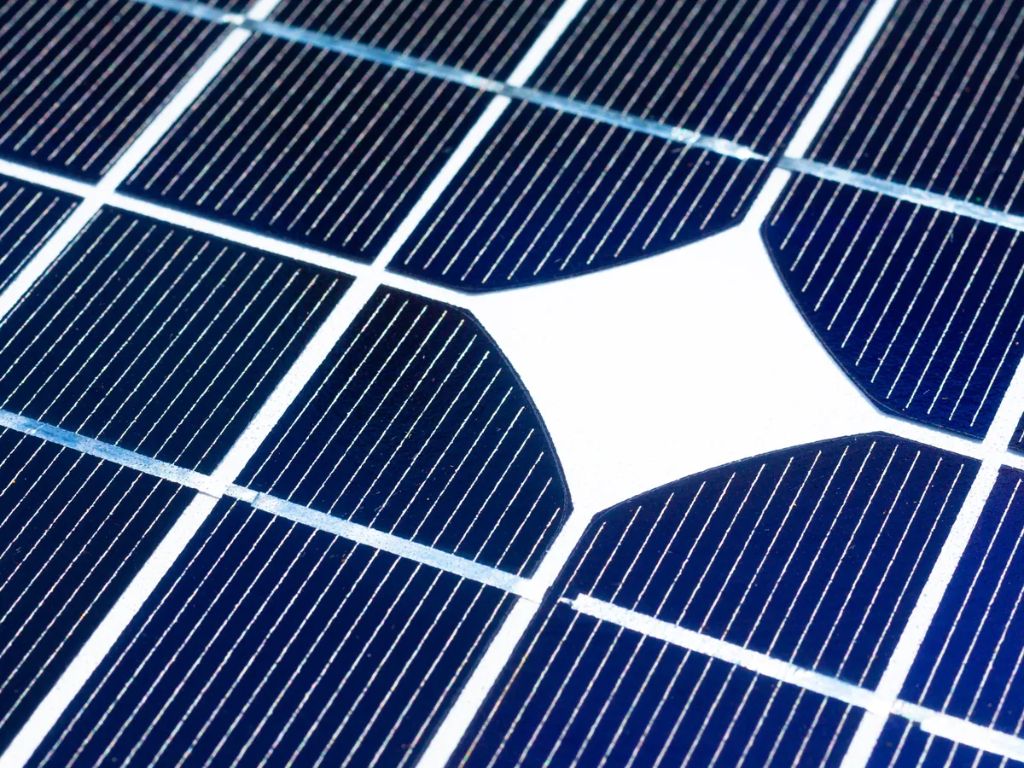
Solar panel efficiency refers to the percentage of sunlight that hits the panel and gets converted into electricity. It determines how much power a solar panel can produce per unit area. Most residential solar panels today have efficiencies between 15-22%. However, lab tested solar cells have achieved over 47% efficiency.
The most efficient solar panels commercially available today can reach up to 22.8% efficiency, like those made by SunPower and Panasonic (source). However, 100% efficiency is theoretically impossible due to fundamental limits in physics.
This article will examine why 100% solar panel efficiency can never be achieved, the current records for solar cell efficiency, real world factors that reduce efficiency, and potential advances to improve efficiency further.
How Solar Panels Work
Solar panels work through the photovoltaic effect, which is the process of converting photons from sunlight into electricity (How do solar panels work?, 2022). When photons from sunlight strike the solar cell made of semiconducting material, they transfer their energy to the electrons in the atoms of the semiconducting material. This frees the electrons to move through the material and produce an electric current, generating electricity (How do solar panels work?, 2022).
Specifically, solar cells are made of two layers of semiconducting material, typically silicon. The top layer has an abundance of electrons, while the bottom layer has very few electrons. When sunlight hits the solar cell, the photons excite the electrons in the top layer, giving them energy. The excited electrons attempt to bond to the bottom layer but are rejected and forced to move through an external circuit, generating electricity (How do solar panels work?, 2022).
In summary, solar panels convert sunlight into electricity through the photovoltaic effect, whereby photons from sunlight knock electrons free in solar cells to produce an electric current (How do solar panels work?, 2022). This conversion of photon energy to electrical energy is the key operating principle for photovoltaic solar panels.
Shockley-Queisser Limit
The Shockley-Queisser limit, also known as the detailed balance limit, is a theoretical upper limit on the efficiency of solar cells first calculated in 1961 by William Shockley and Hans Queisser.
The limit arises from basic physics and the mechanisms involved in photovoltaic energy conversion. When light hits a solar cell, photons with energy greater than the bandgap of the photovoltaic material are absorbed and their energy is transferred to electrons, generating electricity. However, photons with energy below the bandgap are not absorbed and their energy is wasted. Photons with energy much greater than the bandgap will still excite electrons across the bandgap, but the excess energy is wasted as heat. These fundamental losses limit the maximum efficiency of traditional single-junction solar cells to around 33% under unconcentrated sunlight.
The Shockley-Queisser limit sets a theoretical cap on efficiency because it represents the maximum efficiency possible for a solar cell using a single p-n junction under ideal sunlight conditions. Real-world solar panels have additional optical and electrical losses that reduce efficiency further below the theoretical limit. However, the limit serves as a useful benchmark for evaluating emerging solar cell technologies and advancements.
Sources:
Real World Efficiency Losses
While the theoretical maximum efficiency of solar panels is around 33% based on the Shockley-Queisser limit, real world solar panels have efficiency losses that reduce their efficiency below this theoretical maximum. Three key real world efficiency losses are reflection loss, thermal loss, and resistive loss.
Reflection loss occurs because some light is reflected off the surface of the solar panel rather than being absorbed. Typical reflection losses are around 5-10% for silicon solar panels (1). Anti-reflective coatings can help reduce reflection losses.
Thermal loss happens because solar panels heat up in the sun, which reduces electrical efficiency. Solar cell efficiency drops by about 0.5% for every 1°C increase in temperature above 25°C. Proper solar panel cooling can minimize thermal losses (2).
Resistive loss is caused by the electrical resistance in wires and other components converting the DC output of panels into usable AC power. Thinner wires with higher conductivity can reduce resistive losses (3).
Accounting for these real world efficiency losses, commercial silicon solar panels typically operate at 15-20% efficiency, well below the theoretical maximum.
(1) https://books.google.com/books?id=iChUAAAAMAAJ&pg=RA1-PA30&lpg=RA1-PA30&dq=%22loss+mechanisms+solar+panels%22&source=bl&ots=crXdO9Hcy-&sig=ACfU3U0CpI-IJ-NfrejKkOwXKsyLfj3B5g&hl=en&sa=X&ved=2ahUKEwiq9dDK0qCEAxXFlokEHYijDucQ6AF6BAgJEAM
(2) https://www.altenergymag.com/article/2020/03/what-is-the-ideal-temperature-for-solar-panels/32107
(3) https://www.leonics.com/support/article2_12j/articles2_12j_en.php
Approaches to Increasing Efficiency
There are several approaches being explored to increase the efficiency of solar panels beyond the theoretical limits:
Multi-junction cells use multiple layers of materials to absorb different wavelengths of light. By using materials with different bandgaps, more of the solar spectrum can be utilized, increasing efficiency. The current record lab efficiency of 47.1% was achieved using a multi-junction cell (NREL 2018).
Concentrated PV focuses sunlight onto smaller, highly efficient solar cells using lenses or mirrors. By concentrating the light, very high intensities can be achieved, allowing the solar cell to operate more efficiently. Concentration levels over 1,000 suns have been demonstrated (DOE 2019).
Novel materials like perovskites, organic polymers, and quantum dots are also being researched as lower-cost, high-efficiency alternatives to traditional silicon solar cells. These emerging photovoltaics could achieve efficiencies beyond 30% when paired with silicon in tandem cells (NREL 2021).
Record Lab Efficiencies
The highest solar cell efficiency recorded in a laboratory setting is 29.15%, achieved in 2019 by researchers at the Swiss Federal Laboratories for Materials Science and Technology (Empa). They used a multi-junction concentrator solar cell, which combines multiple thin layers of semiconductor materials to absorb a broader range of wavelengths (Oxford Claims, 2024).
Other record lab solar cell efficiencies include 25.5% for crystalline silicon cells by Australia’s University of New South Wales in 2020, and 25.0% for perovskite-silicon tandem cells by Oxford PV in 2024 (Oxford PV Sets Record, 2024). Researchers are investigating advanced materials like perovskites and approaching cell design in creative new ways to push the limits of efficiency.
However, translating lab-scale results to commercial production can be challenging. Factors like manufacturability, cost, and long-term stability also impact the viability of bringing record efficiencies to market.
Commercial Panel Efficiencies
The highest efficiency commercially available solar panels today typically range from 16% to 21%. These are the standard panels installed on rooftops and in large-scale solar farms.
However, these commercial efficiencies are still far below the record lab efficiencies achieved. In 2015, a new record solar cell efficiency of 46% was set in Germany, more than double the efficiency of commercial panels.1 2 This shows there is still significant room for improvement to increase the efficiency of solar panels made commercially available.
Future Advancements
The solar industry is rapidly innovating to improve solar panel efficiencies and push closer to theoretical limits. Some emerging techniques and materials include:
Perovskite solar cells, which pair conventional silicon with a layer of the crystal perovskite, have reached over 25% efficiency in lab tests (“Revolutionary” Breakthrough Boosts Solar Panel Efficiency). Combining silicon and perovskite taps into a broader part of the solar spectrum.
Researchers are also experimenting with improving thermal regulation of panels, using nanoscale structures on cell surfaces to help radiate heat (How Future Solar Panels Will Generate Far More Power). Keeping panels cooler can substantially increase efficiency.
Emerging thin-film technologies like cadmium telluride and copper indium gallium selenide (CIGS) films can potentially outperform silicon cells in the future by harnessing more of the solar spectrum.
Advancements in materials science and manufacturing can further optimize solar cell components like electrodes and charge carriers. New micro-scale 3D architectures for cells also show promise.
While commercial panels today operate around 20% efficiency, experts predict high-end lab cell efficiencies could realistically reach beyond 30% in the coming decades using these types of enhancements.
Practical Considerations
While pursuing maximum solar panel efficiency may seem ideal, there are some practical considerations around the diminishing returns and costs of increased efficiency that need to be weighed.
As solar panel technology improves and efficiencies increase, the relative gains in efficiency start to diminish. For example, increasing efficiency from 15% to 20% yields a 33% boost in power output for the same panel size. However, going from 25% to 30% efficiency only increases power output by 20%. The law of diminishing returns applies here – each further gain in efficiency requires significantly more R&D and manufacturing advances.
Additionally, the highest efficiency solar panels often utilize expensive materials and manufacturing techniques like multi-junction cells. Record lab efficiencies above 40% have been achieved, but the exotic materials needed make widespread commercialization cost prohibitive. Typical commercial panels only achieve around 15-22% efficiency due to these cost tradeoffs. For many applications, accepting a lower efficiency but cheaper panel is the pragmatic choice.
Installers and consumers need to evaluate the return on investment from high efficiency panels, which can cost 2-3x more per watt. The premium price tag may not justify the extra 5-10% efficiency gains. Efficiency is not the only consideration – temperature coefficients, degradation rates, and panel warranties also play key roles for total long term energy production and ROI.
Conclusion
While 100% efficiency is theoretically impossible, continued improvements in solar cell efficiency still have immense value. Even incremental efficiency gains allow solar panels to produce more electricity from the same amount of sunlight. For residential solar owners, this can lead to faster payback times on their investment. For utility-scale solar farms, increased efficiencies reduce land usage requirements. Higher efficiency solar cells require less surface area to generate the same electrical output. Rooftop solar on homes would need fewer panels, and ground-based solar farms could achieve the same power output with less land. The environmental benefits are also substantial – higher efficiency means generating more clean renewable energy while using fewer raw materials and less land.
So while 100% efficient solar cells are not achievable in the real world, the value of pushing toward higher efficiencies remains high. Progress toward the theoretical limits will allow solar power to continue displacing fossil fuel electricity generation while using fewer resources. The solar cells of the future may not be 100% efficient, but they will likely be far more efficient than today’s commercial PV panels.

